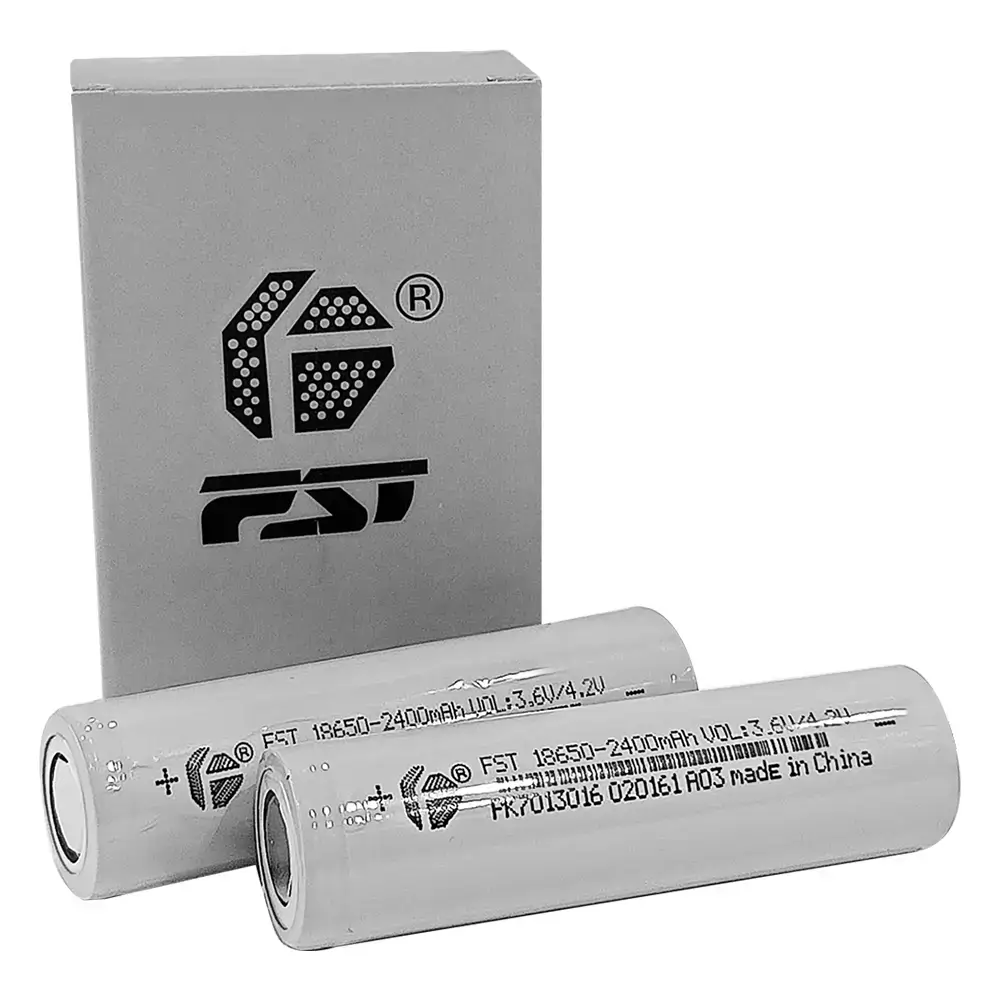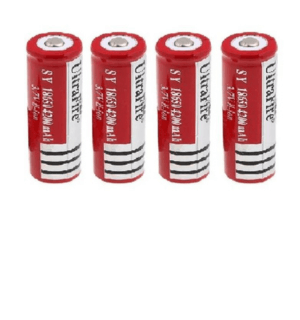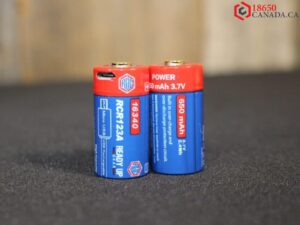18650 batteries are renowned for their high energy density, rechargeability, and versatility, making them a popular choice for powering various devices and projects. However, purchasing pre-made battery packs can be costly, and they may not always meet the specific requirements of your application.
Building your own 18650 battery pack allows you to tailor the configuration and capacity to your needs, while also providing a cost-effective solution. In this comprehensive guide, we will walk you through the step-by-step process of building your own 18650 battery pack, ensuring safety and optimal performance.
Step 1: Choosing the Right Cells
The first and crucial step in building a 18650 battery pack is selecting the appropriate cells. Consider factors such as capacity, voltage, discharge current, and brand reputation. It is essential to choose cells with consistent specifications and from reputable manufacturers to ensure reliable performance and longevity. Research and compare various options to find the cells that best meet your power requirements.
Step 2: Preparing the Cells
Before assembling the battery pack, it’s essential to prepare the cells properly. Start by checking the voltage and capacity of each cell using a multimeter. This allows you to identify any cells that may be damaged or have significantly different characteristics. Additionally, ensure that all the cells have a similar state of charge. Next, apply insulation rings or tape to the positive and negative terminals of the cells to prevent short circuits and ensure proper electrical isolation.

Step 3: Connecting the Cells
The next step is to connect the cells in the desired configuration. There are various methods for interconnecting the cells, such as spot welding, soldering, or using battery holders. Spot welding is a popular choice as it provides secure connections with minimal resistance.
However, spot welding requires specialized equipment and expertise. Soldering is an alternative option, but it can add weight to the pack and may require careful heat management to avoid damaging the cells. Battery holders offer a simpler and more accessible solution, allowing for easy insertion and removal of cells while maintaining a stable connection.
Step 4: Adding Protection Circuitry
To ensure the safety and longevity of your battery pack, it’s essential to incorporate protection circuitry. This typically includes a Battery Management System (BMS) or a protection circuit module. The BMS helps monitor and regulate the charging and discharging processes, preventing overcharging, over-discharging, and excessive current flow. It also ensures that the individual cells in the pack remain balanced, mitigating the risk of capacity disparities. Additionally, consider incorporating a fuse or other safeguards to protect against short circuits and excessive current draw.
Step 5: Building the Battery Pack Housing
To complete your 18650 battery pack, you’ll need to create a suitable housing to enclose and protect the battery cells. The choice of housing material depends on your specific requirements, such as size, weight, and durability. Plastic enclosures are commonly used due to their lightweight nature and ease of customization. Alternatively, metal enclosures offer enhanced durability and improved heat dissipation, which can be beneficial for high-performance applications. Ensure the housing provides proper ventilation and cooling to prevent excessive heat buildup and prolong the life of the battery pack.
Final Thoughts
Building your own 18650 battery pack allows you to customize the power solution to meet your specific needs while providing a cost-effective alternative to pre-made packs. By following the steps outlined in this comprehensive guide, you can confidently assemble a safe and high-performing battery pack. Remember to prioritize safety precautions throughout the process, including proper insulation, protection circuitry, and adherence to recommended charging and storage practices. With careful planning and attention to detail, you can enjoy the satisfaction of a well-designed and reliable 18650 battery pack for your projects and devices.

